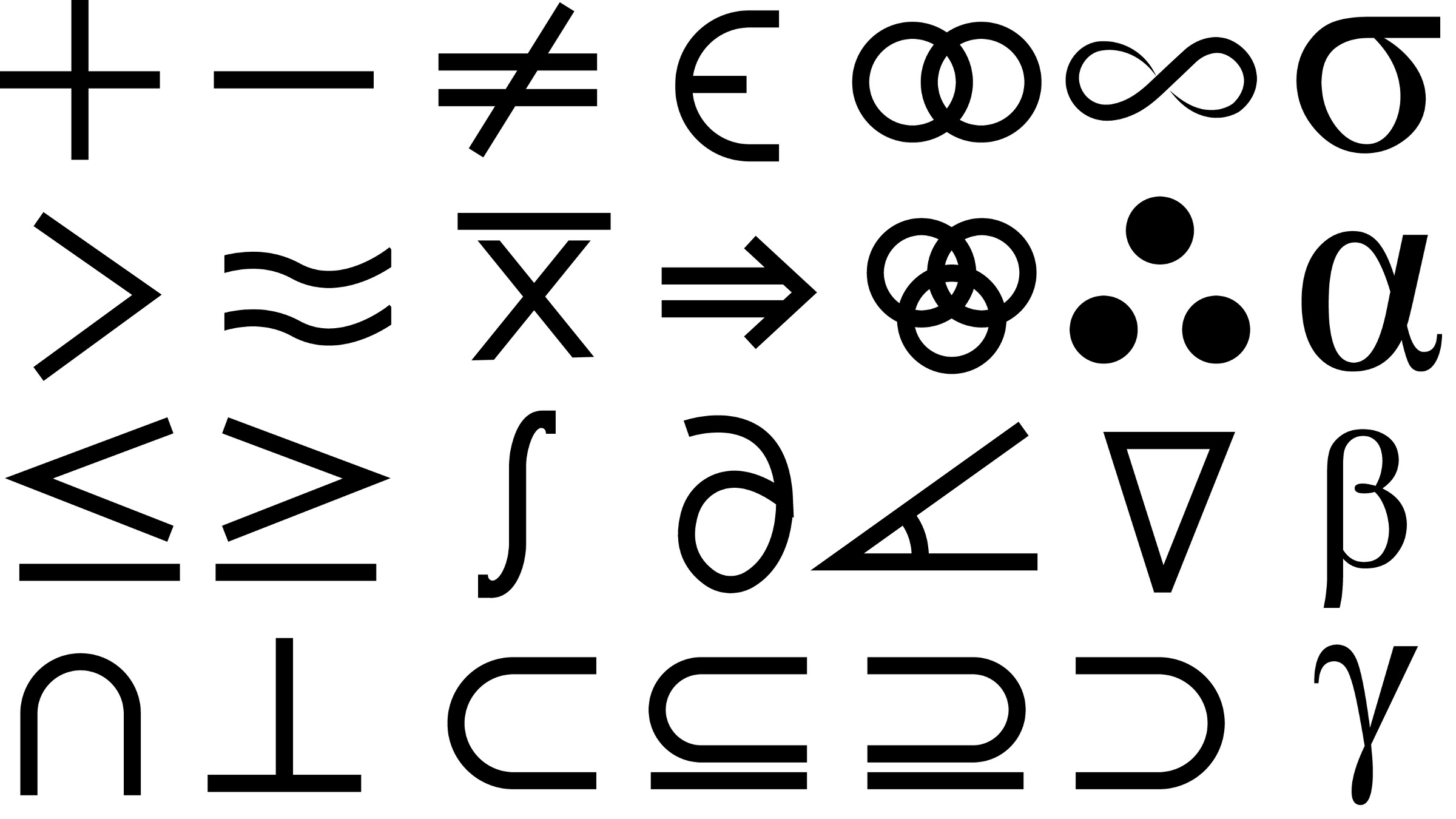
Computing departments face a challenging combination of forces: soaring student enrollments and lagging resources. On the face of it, it seems logical to respond by capping enrollments, and by far the most popular method in North Americaa is to set a minimum grade-point average (GPA) threshold for entry to the major (typically calculated from the student's grades in the first two-three courses of the major, plus a few co-requisites such as Calculus 1 and 2, and, occasionally, Physics 1). Although this might appear like a fair way to determine who gets into the major, it is inequitable and works at cross purposes to broadening participation in computing (BPC) efforts. Why? Because GPA-based enrollment caps calculated on a student's performance in CS1 and CS2 reward prior experience in computing. It is much easier to get As in CS1 and CS2 if you have taken computer science before. This has a direct impact on BPC efforts because prior experience in computing is not uniformly distributed across race, ethnicity, and gender. Simply put, GPA-based enrollment caps perpetuate the lack of diversity among those who study computing.
At the Center for Inclusive Computing, where I am the executive director, we have performed in-depth site visits over the last two years at 32 U.S. universities. Conversations with students, faculty, deans, department chairs, and advisors have revealed three additional ways in which GPA-caps run counter to BPC efforts, which I describe here.
But, we need to do more than just identify the issues, and thus I also propose three approaches to addressing the challenges of handling booming enrollments and lagging resources.
GPA-based enrollments catalyze a cutthroat and ugly departmental culture, in which students in the introductory sequence do not feel like they can "risk" sharing or collaborating. At one institution students compared the culture of the intro sequence to a "pit of alligators." Not only does this culture collide with BPC efforts, it runs counter to the competencies of collaboration and cooperation that we as educators emphasize as critical. I hasten to add that some students find ways to "work the system" by, for example, retaking CS1 and CS2 multiple timesb to increase their GPA, which adds cost and time to their degree—a strategy that is only available to students with economic privilege.
GPA-based enrollment caps have reputational consequences, deterring students from trying computing, which limits BPC efforts. During our site visits, we ask women computing majors when they discovered computing, and many report taking their first class in college. Indeed, only 20% of those students who take the college board exams and express an intention to study computing in college identify as women—a proportion that is, not surprisingly, approximately the same as the percentage of women who earn their degrees in computing. Furthermore, prior experience in computing is not available to many high school students; in 2022, just over half of U.S. high schools offer computer science (and often these are schools in more economically privileged locations) meaning many students are unlikely to discover if they even like computing before they arrive at college. GPA-based enrollment caps perpetuate educational privilege and get in the way of discovering computing in college, which is essential to BPC.
Perhaps the most troubling implementation of GPA-based enrollment caps is when a university decides it can admit only X number of students to the major per year and tweaks the GPA cutoff to arrive at this exact number. The result of this policy is that the bar is constantly moving (often higher and higher). Consider the following scenario: a student understands the GPA cutoff to be 3.7 and builds their plan of study around this cutoff only to find the cutoff has moved, seemingly arbitrarily higher, and seemingly overnight. The more likely scenario is that word of mouth has informed students of this GPA-cutoff risk and certain students, likely those who have not taken computing previously and were enjoying exploring the discipline for the first time, make the calculated and highly rational decision to study something else.
Yet, the conundrum remains. What are departments to do? It is my view that university leaders must find ways to support students in majoring in any field they choose. It is particularly troubling—unconscionable even—that universities are currently limiting access to the major with the best job prospects both in terms of starting salaries and open positions. The U.S. Bureau of Labor Statistics predicts that employment in computer and information technology occupations is projected to grow faster than any other sector. Add to this the median starting wage in the U.S. for computing graduates is $91,500. It is not hyperbole to say a job in tech can be economically transformative.
The crux of the challenge for university administrators is they cannot easily—or quickly—adapt their business model to changes in student demand. Even if all faculty growth is targeted to fields with growing enrollments, the overall budget for new hires may still be limited due to shrinking enrollments across the university as a whole. Indeed, the university's budget model is a major determinant of how long it takes to respond to changes in the popularity of different fields of study. Universities in the best position to move quickly have a model where resources follow enrollments. Universities with a budget model based on faculty lines, or those with a centrally held incremental budget model, are the slowest to respond. Massively compounding this problem is the fact it is difficult to hire faculty in computing. University salaries pale in comparison with what someone with a Ph.D. can command in industry and, thus, a growing proportion of open faculty positions go unfilled every year.
I am advocating for an interdisciplinary approach to staffing that can be beneficial for faculty and students alike.
But there are solutions, three of which are most attractive. First, there is opportunity to leverage the skills and expertise of faculty in other departments to train them to be able to teach the intro CS sequence, and certainly to teach contextualized introductory courses. This approach has the combined benefits of being responsive to student demand, bolstering a non-CS faculty member's research toolkit, and promoting contextualized computing—which has repeatedly been proven to be a best practice for broadening participation in computing. Indeed, a university could invite faculty to apply for the opportunity to be cross trained in computing, making this a prestigious opportunity and removing the risk that other departments would "volunteer" their tenured faculty who are no longer contributing to scholarship. But, let me be clear—I am not suggesting every faculty member become a computer scientist. Rather, I am advocating for an interdisciplinary approach to staffing that can be beneficial for faculty and students alike.
Another source of teaching talent could come from the tech companies that are hiring freshly minted Ph.D.'s or "poaching" in-rank faculty. Companies and universities share a common desire that universities graduate more computing students at every level (B.S. to Ph.D.). Higher education simply cannot meet these needs if we must cap enrollments because we cannot hire faculty. Companies can provide a solution—the tech sector should develop new norms for enabling and incentivizing a portion of their employees to teach as adjunct faculty, either in person or online. Much as law firms have embraced pro bono work as a central tenet of that industry, tech firms must do the same. Imagine if, for every 10 Ph.D.'s a company hires, the industry ethic was that the company would "donate" one Ph.D. employee to teach one course a year. Rather than have them teach on top of their regular workload, the company would give the employee the time needed to teach and continue to pay them their full salary. This salary piece is crucial because the pay for adjunct teaching is quite low in comparison to industry salaries and varies dramatically between public and private universities.
Finally, if a university can see no way around capping enrollments, then at a minimum it can implement caps in an equitable manner. The computing department can determine what is the minimum GPA needed in the first two or three classes to indicate a successful path to a computing degree. And then, for all students with a GPA above this threshold, the department can easily and equitably choose who gets to pursue the major via a lottery. This may still result in unhappiness among students who cannot access the major, but at least it does not systematically exclude students who missed out on earlier computer science exposure for the wrong reasons. And, maybe, just maybe, the unhappiness of the students (and their parents!) might inspire the university's leadership team to rethink how to deploy teaching resources after all.



Join the Discussion (0)
Become a Member or Sign In to Post a Comment